Long Bien Bridge
Description
The Long Bien Bridge (Vietnamese: Cau Long Bien) is a historic cantilever bridge that spans the Red River and connects the Hanoi districts of Hoan Kiem and Long Bien. It was once known as the Paul Doumer Bridge.
Long Bien Bridge, which is approximately 2 kilometers from Hoan Kiem Lake and has a history of more than a century, is not only a traffic structure but also a significant historical and symbolic witness to the tenacity of Hanoi during the two greatest resistance wars against the French colonialists and American imperialists, as well as the dramatic changes this city has undergone in the new era.
Currently, Long Bien Bridge is the only one of five bridges crossing the Red River, yet it may be the bridge with the greatest cultural and historical significance. Long Bien Bridge is the only bridge in the capital of Vietnam where riders must travel on the left side, and particularly tourists can wander along the bridge and sample delectable sweets sold by sellers.
Many Hanoians and visitors to Hanoi agree that Long Bien Bridge is the best site to view the sunrise and the sunset, and to take an abundance of stunning photographs. In addition, due to its historical construction and gorgeous environment, the bridge provides the ideal backdrop for many couples’ wedding albums. In addition to couples, Long Bien Bridge is always on the list of Hanoi attractions where the young wish to save their youth memories.
As time passes, Long Bien becomes the oldest bridge in Hanoi and silently connects Hanoians from all walks of life. If you have the opportunity to visit Hanoi, a city of calm, do not forget to cross the Long Bien Bridge to experience the pace of life in an old part of Hanoi, as well as to delve into the city’s serene present and illustrious past.
Construction of Long Bien Bridge
Long Bien Bridge, one of the most iconic bridges in Hanoi, began building in September 1898 and was completed three years and seven months later. Long Bien Bridge was formerly known as “Doumer Bridge,” which was the name of the Governor-General of French Indochina at the time. The metal plate inscribed “1899 – 1902 – Dayde & Pille – Paris” still adorns the bridge’s apex as of today.
Long Bien Bridge consists of 20 piers and abutments with a depth of 30 meters and a height of 13.5 meters. Two highways on each side and a railroad in the middle appear to be the most notable features of the bridge. Instead of engaging Chinese laborers as in the past, inventive and deft Vietnamese workers built metal components and operated cranes directly under the direction of French engineers.
More than 5,300 tonnes of French steel, cement from Hai Phong, timber from Thanh Hoa, and over 30,000 m3 of stone from all around Vietnam were used to construct the current Long Bien Bridge. It is the first bridge on the railway route traveling across Indochina and the Hanoi – Hai Phong route. The Long Bien bridge has a total length of 1,682 meters and the approach to the bridge is around 896 meters long. Specifically, the steels utilized to construct Long Bien Bridge are identical to those used to construct the Eiffel Tower in Paris, France. Discovering the bridge’s unique architecture and epic history will be one of the most fascinating things to do in Hanoi.
History of Long Bien Bridge
The bridge was constructed in 1899–1902 by the Parisian architects Dayde & Pille and inaugurated in 1903. Before North Vietnam’s independence in 1954, the bridge was known as the Paul-Doumer Bridge, after Paul Doumer, the Governor-General of French Indochina and then-President of France. It was then one of the longest bridges in Asia, measuring 2.4 kilometers (1.5 miles) in length. The building was of strategic importance to the French colonial authority in securing control of northern Vietnam. Between 1899 and 1902, almost 3,000 Vietnamese participated in the building.
It was frequently attacked during the Vietnam War due to its strategic location (it was the sole bridge across the Red River connecting Hanoi to Haiphong’s main port at the time). The first strike occurred in 1967, and on 11 August, twenty United States Air Force (USAF) F-105 fighter-bombers destroyed the bridge’s central span. According to CIA reports, the bridge’s destruction did not appear to have caused as much disruption as anticipated.
The bridge was struck on 10 May 1972 as part of the initial Operation Linebacker attacks in response to the North Vietnamese Easter Offensive. On 13 May, the USAF reported that laser-guided bombs had damaged multiple bridge spans (LGB). On August 9, the USAF reported that a second LGB attack had incapacitated the recently repaired bridge. On September 11, the United States Air Force assaulted the bridge once more as repairs were nearing complete.
The defense of Long Bien Bridge continues to play a significant role in Hanoi’s identity and is frequently celebrated in poetry and song.
Some portions of the old building have been preserved, but large portions have been added to patch the holes. Only fifty percent of the bridge’s original form remains. To restore the bridge to its original appearance, the French government is actively supporting and financing a restoration effort.
Today, only trains, mopeds, bicycles, and walkers utilize the deteriorating bridge, while all other traffic is redirected to the neighboring Chuong Duong Bridge and several recently constructed bridges: Thanh Tri Bridge, Thang Long Bridge, Vinh Tuan Bridge, and Nhat Tan Bridge.
Under the bridge, poor folks from Vietnam’s rural districts reside in boats on the Red River.
How to Get To Long Bien Bridge
The bridge is part of the Old Quarter in Hanoi. It is within walking distance from your hotel in Hanoi’s Old Quarter. With its convenient position, tourists can cross the bridge on foot or by bicycle. Remember to stay to the left of the road and access the bridge via the ramp at Gam Cau Street.
The public transportation system in Hanoi is advantageous for individuals who reside far from the city’s core. The Long Bien Bridge may be reached via Bus Nos. 01, 14, 15, 22, 34, 47, and 55, among others.
The bus stops at Long Bien Railway Station and Long Bien Transshipment Point.
If you get the opportunity to visit Hanoi, be sure to take a stroll on Long Bien Bridge for sightseeing, observing the local way of life, and appreciating quiet moments in the present while remembering the city’s rich historical past.
Gallery / Photos
Working Hours
- Monday Open all day
- Tuesday Open all day
- Wednesday Open all day
- Thursday Open all day
- Friday Open all day
- Saturday Open all day
- Sunday Open all day

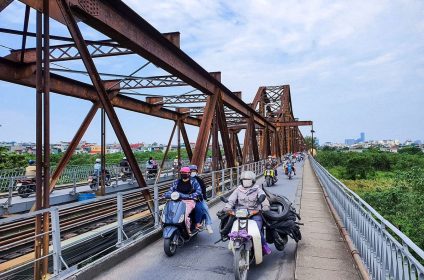
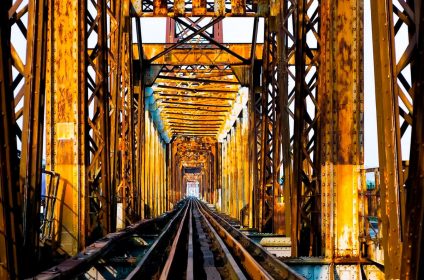
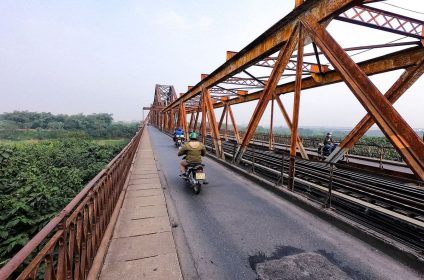
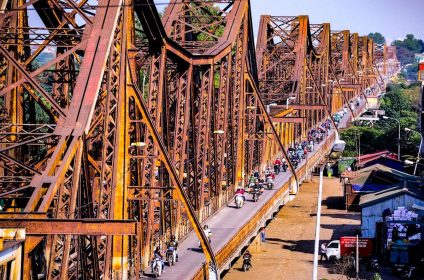
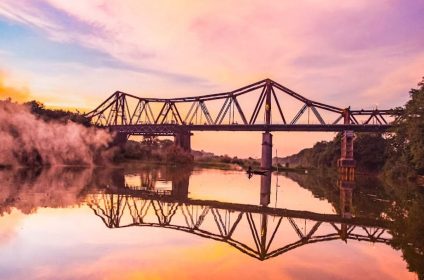
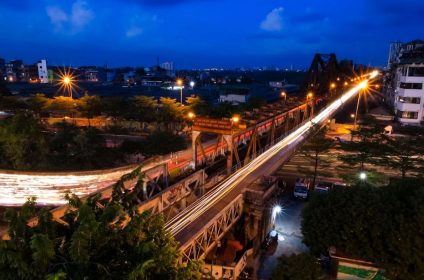
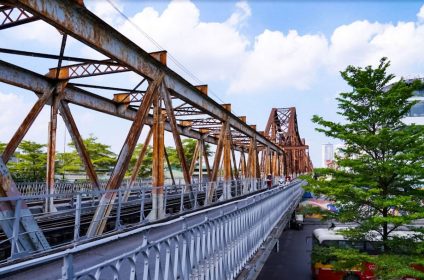
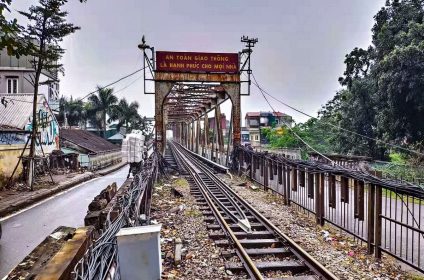
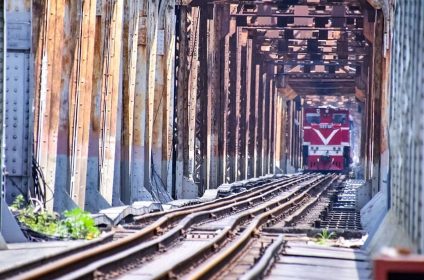
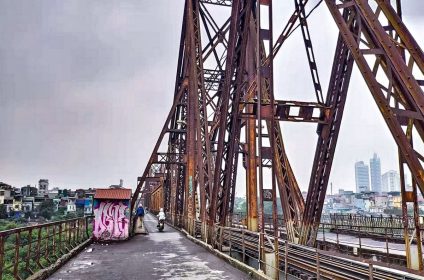
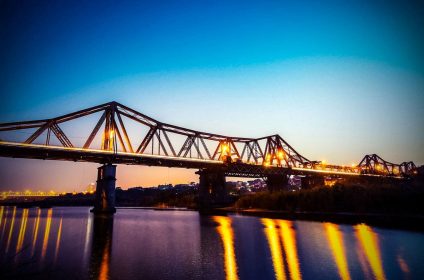
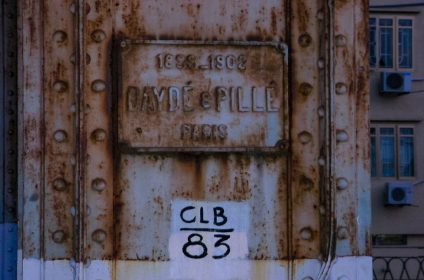
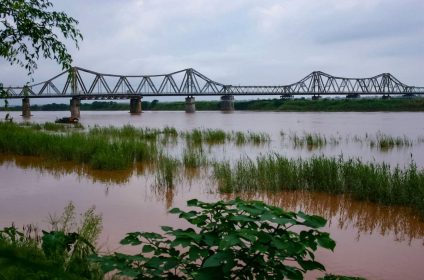
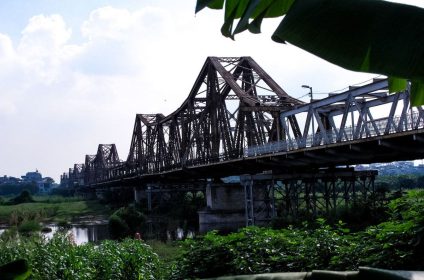
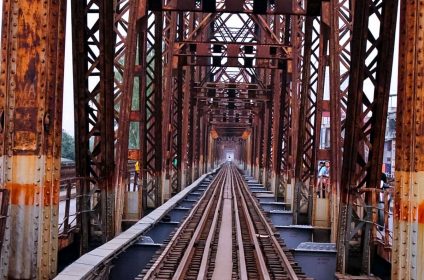
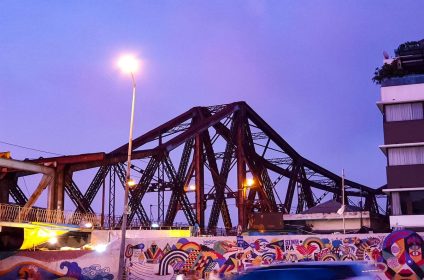
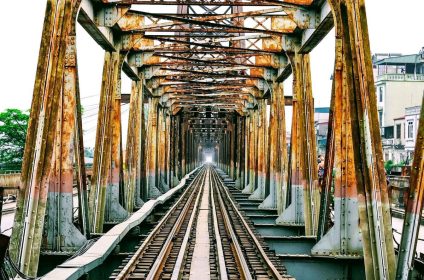

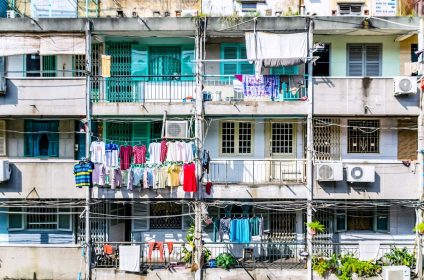
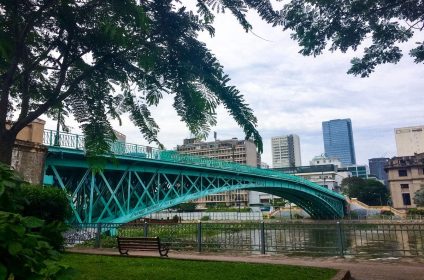
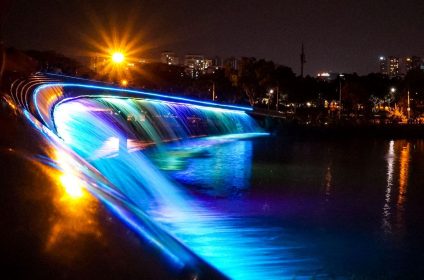

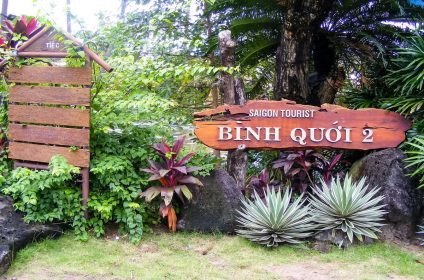










Add Review